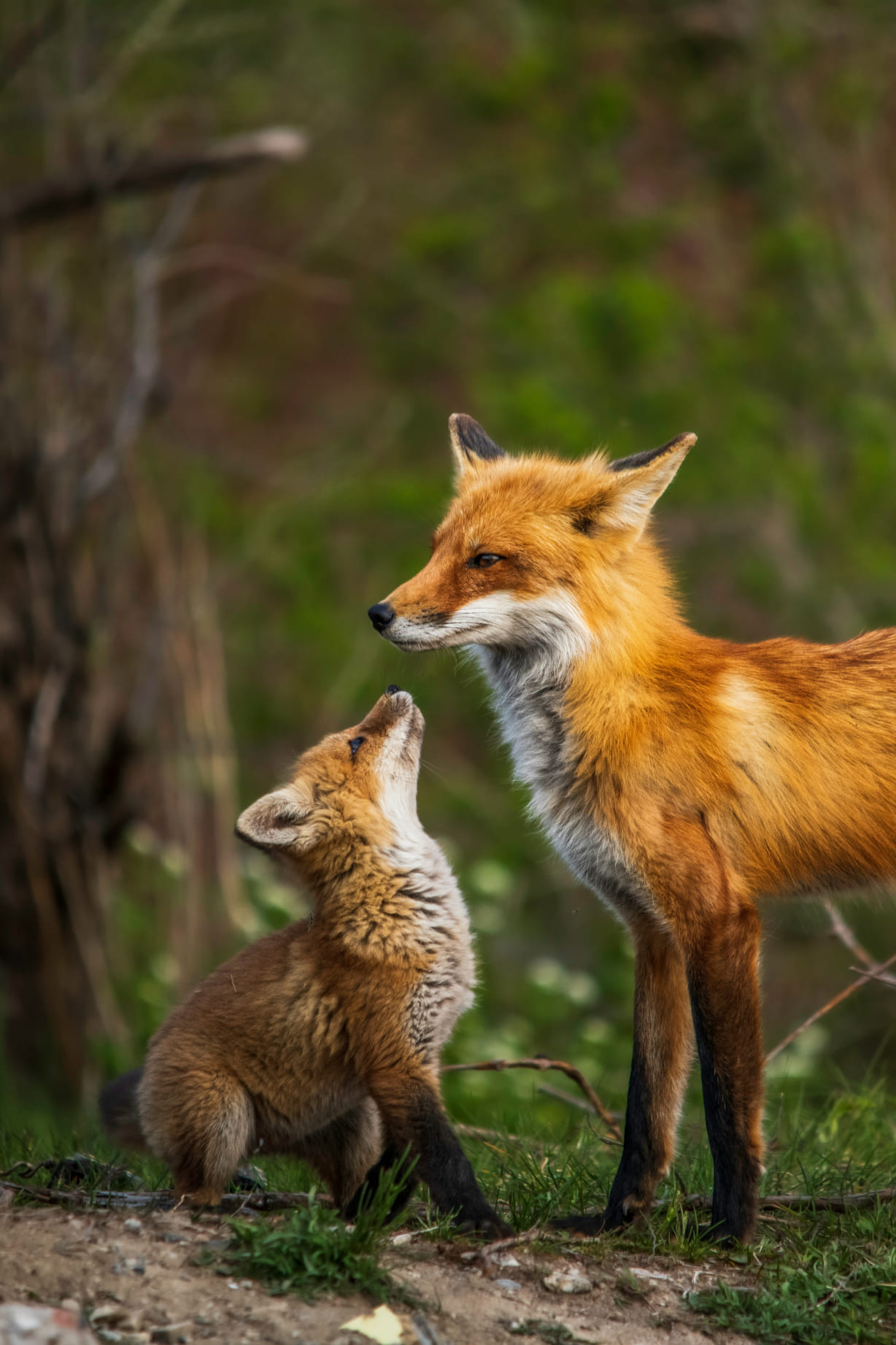Fox: Adaptable Survivor of the Wild
Foxes, known for their cunning and adaptability, are found across nearly every continent, making them one of the most widespread wild animals. With their sharp senses and resourcefulness, foxes have successfully adapted to diverse habitats, from forests to urban landscapes.
Habitat and Diet
Foxes are incredibly adaptable omnivores, eating a diet that includes small mammals, birds, fruits, and insects. This flexibility allows them to thrive in various environments, including deserts, forests, and even cityscapes. Red foxes are the most widespread species, renowned for their vibrant fur and sharp features.
Social Structure and Behavior
Foxes are generally solitary, with males and females only coming together during the breeding season. They are territorial and mark their range with scent markers. Foxes have a playful nature, often observed engaging in activities that resemble play, which helps them develop hunting skills.
Human Interaction and Conservation
Foxes' adaptability has brought them into frequent contact with humans, leading to a complex relationship. While some view them as pests, others appreciate their role in controlling rodent populations. Conservation efforts focus on habitat preservation and minimizing human-wildlife conflict, ensuring that foxes continue to be a resilient presence in the wild.

